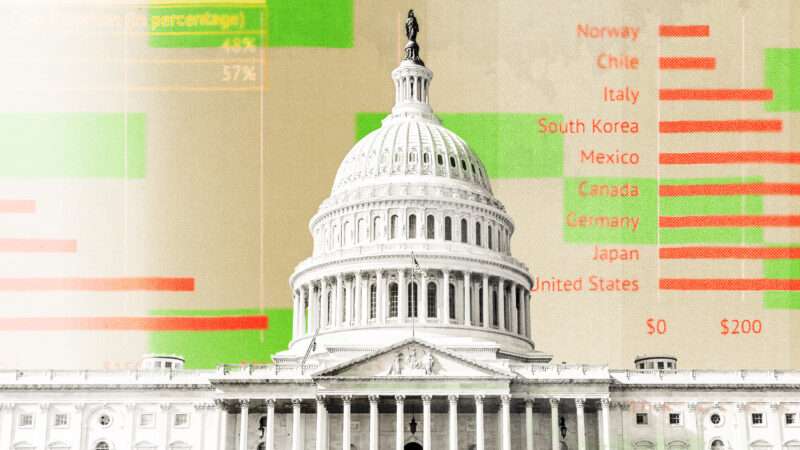
"Building anything important in America requires layers of approvals from multiple levels of government," wrote Philip K. Howard in his 2014 book, The Rule of Nobody. "Environmental review has evolved into an academic exercise, like a game of who can find the most complications….Courts have become enablers of people to use the law for selfish ends."
That sounded radical then, but 10 years later, such assessments are becoming mainstream. Recent commentators have included Ezra Klein in The New York Times, Jerusalem Demsas in The Atlantic, and Matthew Yglesias in a Bloomberg column. Demsas' article was provocatively titled, "Community Input is Bad, Actually."
In a 2023 law review article, Stanford University's Michael Bennon and Devon Wilson provided empirical data on the impact of litigation against large energy and transportation projects. Using a database from the Council on Environmental Quality (CEQ), they looked into what happened after the Environmental Impact Statement (EIS) was finalized (between 2010 and 2018) for 171 energy and 184 transportation projects. Overall, 28 percent faced post-EIS litigation, with the overall permit process being as long as seven years for energy projects and 10 years for transportation projects. They noted that the litigation process is predisposed toward local impacts, downplaying or ignoring regional and national benefits.
Most European countries, as well as Australia and New Zealand, invite public comments on large projects, but usually at an earlier stage, so the results get incorporated into the EIS rather than being litigated post-EIS. Except for the United Kingdom, drawn-out litigation post-EIS is rare in Europe.
In recent years, Congress has enacted modest infrastructure reforms, but these have mostly focused on the EIS process itself. Page limits on such documents and time limits for producing them will help a little, but there have been no reforms of post-EIS litigation.
Howard's 2014 book called for reform of such litigation: "The history of environmental review shows how it got hijacked by the courts and descended into a spiral of endless protests. The National Environmental Policy Act of 1969 nowhere suggests a judicial role in enforcing its provisions." This only came about via President Jimmy Carter's Executive Order 11991 giving regulatory power to the CEQ, which led to a long chain of court decisions that increasingly empowered citizen and interest-group litigation.
In a just-released policy study, I queried about a dozen organizations and academic researchers, seeking ideas on reforming environmental litigation. Some ideas were fairly radical, such as rescinding the executive order giving CEQ regulatory authority, but others could be considered first steps—such as imposing time limits on filing suit, placing time limits on injunctions, sending cases directly to an appeals court, and limiting the class of those who can file suits.
The study thus presents a menu of options. It also makes use of a review process from the Bipartisan Policy Center assessing a large array of potential litigation reforms for both extent of impact and likelihood of near-term enactment.
Would the new Congress assembling in January take on environmental litigation reform? The study suggests the possibility of a bipartisan coalition, with mostly Republican and business groups favoring reforms to speed up transportation projects and mostly Democratic groups favoring reforms for energy/environmental projects.
The report also cites two growing coalitions in the House of Representatives: the bipartisan Problem Solvers Caucus and the relatively new Conservative Climate Caucus, whose members overlap to some extent. This is where bipartisan litigation reform would likely begin.
The fact that centrist opinion leaders have taken on the need for environmental litigation reform suggests that a bipartisan coalition on this issue is plausible. A lot will depend on the makeup of the 119th Congress and the extent to which mainstream business and environmental groups make litigation reform a priority.
The post It's Time To Reform Environmental Litigation appeared first on Reason.com.







